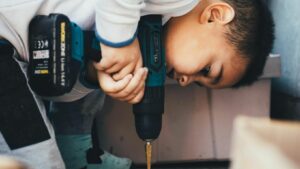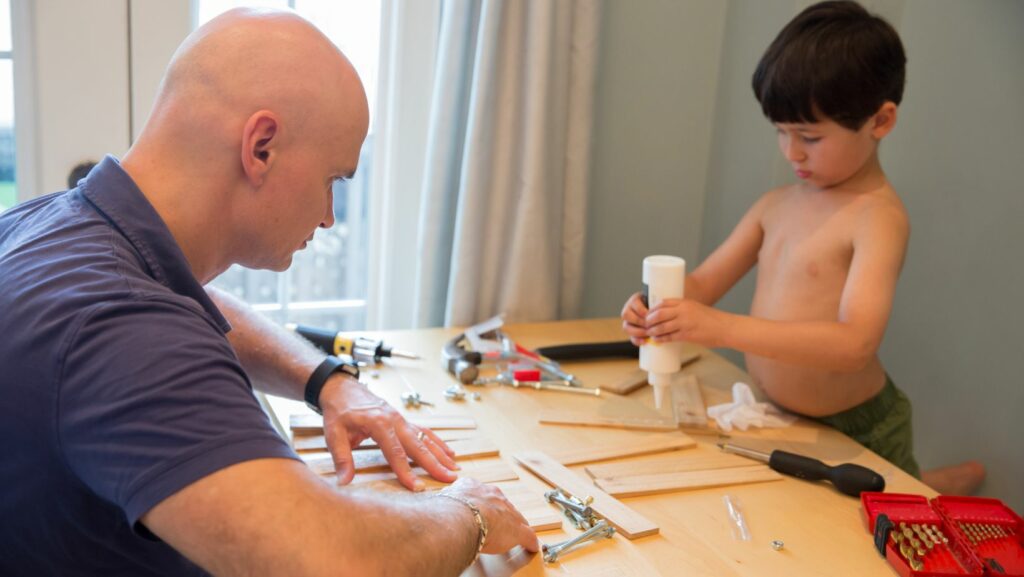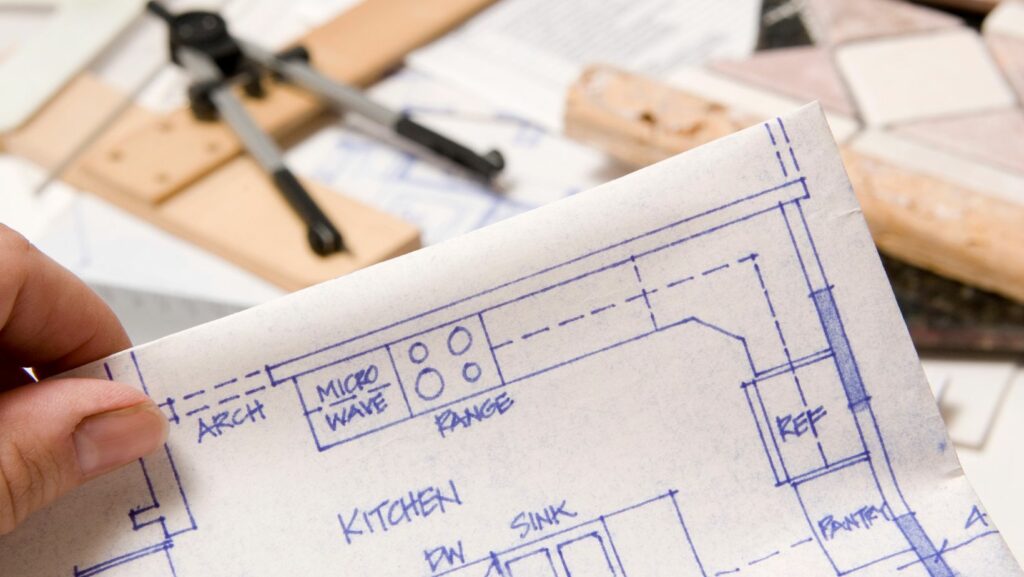DIY Projects for Kids
- Encourages Creativity: DIY projects for kids stimulate imagination by allowing children to express themselves through various mediums and techniques.
- Promotes Problem-Solving Skills: Engaging in hands-on activities like crafting and building helps kids develop critical thinking and problem-solving abilities.
- Enhances Motor Skills: Activities require fine and gross motor skills, improving coordination and dexterity essential for daily tasks.
- Fosters Learning Through Play: DIY projects provide educational opportunities, blending fun with learning in subjects like science and art.
- Accessible and Cost-Effective: Most DIY projects require minimal materials, making them easy and affordable for families to implement at home.
- Quality Family Bonding Time: Incorporating DIY activities into routines facilitates quality time spent together, enhancing parent-child relationships.
In a world filled with screens and distractions, DIY projects for kids offer a refreshing way to spark creativity and imagination. These hands-on activities not only entertain but also encourage problem-solving and critical thinking. Whether it’s crafting, building, or experimenting, kids can learn valuable skills while having fun.
Parents and educators alike recognize the importance of fostering creativity in children. DIY projects provide an excellent opportunity for kids to express themselves and explore their interests. With simple materials and a dash of inspiration, these projects can turn any ordinary day into an adventure filled with learning and discovery.
Overview Of DIY Projects For Kids
DIY projects for kids encompass a wide range of activities that stimulate creativity and foster skills through interactive engagement. These projects can involve crafting, building, or experimenting, allowing children to explore their interests and express their individuality.
Common DIY project categories for kids include:
- Arts and Crafts: Projects use materials like paper, paints, and recyclables to create unique artworks and functional items.
- Science Experiments: Simple experiments with household items teach scientific concepts while captivating children’s natural curiosity.
- Gardening Activities: Projects that involve planting seeds or creating small gardens instill environmental awareness and responsibility.
- Construction Challenges: Building with blocks, cardboard, or other materials encourages problem-solving abilities and teamwork.
- Cooking and Baking: Simple recipes engage younger audiences in food preparation, enhancing motor skills and nutritional awareness.
DIY projects typically require minimal supplies, making them accessible for families. Parents and educators benefit from incorporating these projects into daily routines, as they enhance learning and provide quality bonding time.
Benefits Of DIY Projects For Kids
DIY projects offer numerous advantages for children, promoting hands-on learning and personal growth in various areas. Engaging in these activities can significantly enrich a child’s development.
Enhancing Creativity
DIY projects unlock imaginative potential by allowing children to explore unique ideas. Children choose colors, materials, and techniques, fostering originality. Artistic tasks, like painting or crafting, stimulate creative thinking and encourage self-expression. Examples include creating homemade greeting cards or designing decorations for their room. Engaging in these activities nurtures confidence and inspires children to pursue their creative passions further.
Improving Motor Skills
Hands-on DIY projects improve fine and gross motor skills essential for daily tasks. Activities like cutting, gluing, and assembling enhance hand-eye coordination. Science experiments, involving mixing substances or building structures, develop spatial awareness and dexterity. Gardening tasks, such as planting seeds and watering, promote gross motor skills. These practical experiences contribute to better overall physical development, equipping children with necessary skills for future activities.
Popular DIY Projects For Kids
DIY projects engage children’s creativity and encourage hands-on learning. Here are some popular categories of DIY projects suitable for kids:
Arts and Crafts
Arts and crafts projects spark imagination and provide a platform for self-expression. Examples include:
- Paper Mache: Kids can create sculptures using balloons, newspaper, and a simple paste made from flour and water.
- Homemade Cards: Children can design personalized greeting cards with markers, stickers, and scrapbook paper for special occasions.
- DIY Tie-Dye T-Shirts: Using fabric dye and plain cotton shirts, kids can experiment with vibrant colors and unique patterns.
Science Experiments
Science experiments offer practical insights into how the world works. Noteworthy projects include:
- Volcano Eruption: Children can create a mini volcano using baking soda, vinegar, and a small container, observing the reaction.
- Invisible Ink: Kids can write messages with lemon juice and use heat to reveal them, learning about chemical reactions.
- Crystal Formation: Using sugar or salt solution, children can grow crystals over several days, showcasing patience and scientific observation.
- Mini Herb Garden: Children can plant herbs like basil or mint in small pots, learning about plant growth while enhancing their cooking skills.
- Seed Bombs: Kids can mix seeds with clay and compost to create seed bombs they can toss in their yards or parks, promoting environmental awareness.
- Garden Fairy Houses: Children can gather natural materials like twigs and stones to build small fairy houses in the garden, fostering creativity and interaction with their surroundings.
Tips For Successful DIY Projects
Successful DIY projects depend on proper planning and execution. By following key tips, parents can enhance the experience and ensure children enjoy their creative journey.
Choosing Age-Appropriate Activities
Choosing activities that match children’s age and skill level maximizes engagement and success. Projects for toddlers might include finger painting or simple collages, while school-aged children may enjoy building birdhouses or making soap. Consider the child’s interests; projects involving themes they love can spark motivation and enjoyment. Research available resources online to find age-appropriate guidelines and ideas that encourage exploration and creativity.
Ensuring Safety
Ensuring safety is crucial during any DIY project. Parents should supervise all activities and provide guidance to prevent accidents. Use child-safe materials, such as non-toxic paints and safe scissors, to protect children from harmful substances. Establish a clear workspace, free from distractions or hazards, to minimize risks. Before starting any project, review safety steps based on the activity and remind children about proper handling of tools and materials.
Fun and Interactive Way
Engaging in DIY projects offers children a chance to explore their creativity and develop essential skills in a fun and interactive way. These activities not only keep kids entertained but also foster critical thinking and problem-solving abilities. With countless project options available parents can easily find activities that suit their children’s interests and age levels.
By incorporating DIY projects into their routines families can create lasting memories while nurturing a love for learning. The benefits extend beyond just skill development as these projects encourage self-expression and promote environmental awareness. Embracing DIY projects is a wonderful way to enrich children’s lives and help them thrive in a screen-filled world.



